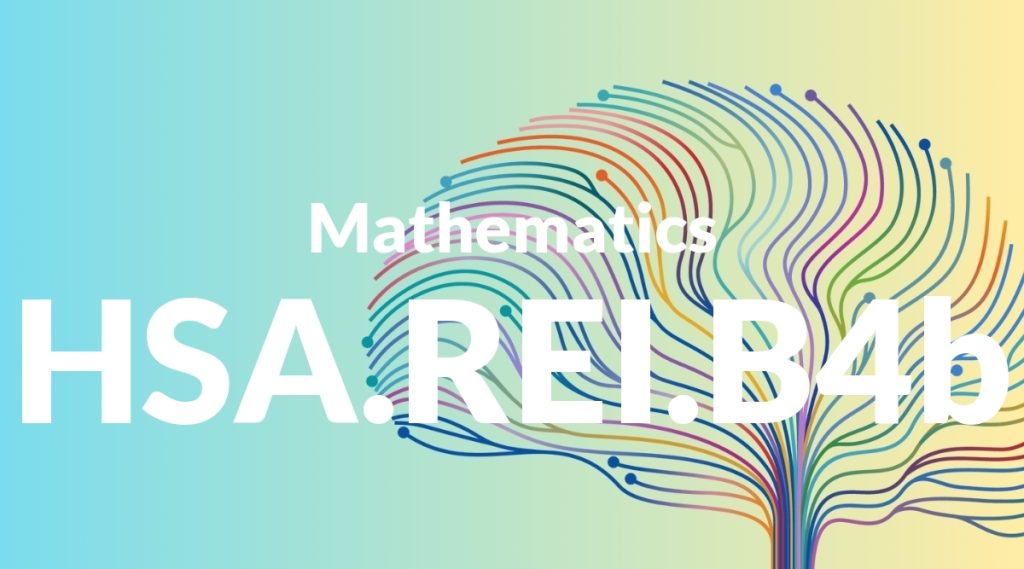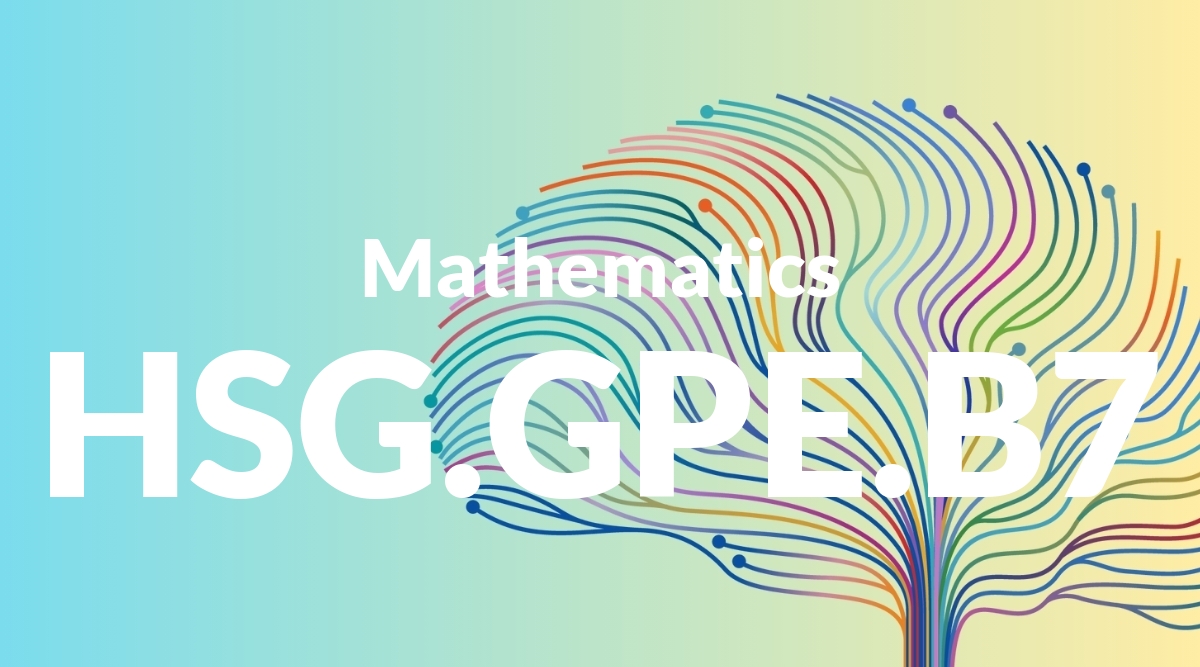Standard: HSA.REI.B4b – Solve quadratic equations by inspection (e.g., for x² = 49), taking square roots, completing the square, the quadratic formula and factoring, as appropriate to the initial form of the equation. Recognize when the quadratic formula gives complex solutions and write them as a ± bi for real numbers a and b.
Grade level: High School: Algebra
Subject: Mathematics
Domain: Reasoning with Equations & Inequalities
Teacher Overview
This standard focuses on solving quadratic equations using various methods, including inspection, square roots, completing the square, the quadratic formula, and factoring. Recognizing when solutions are complex and writing them in the form a ± bi is also crucial. Mastery of this standard is essential for understanding higher-level algebra and calculus concepts. Students should be comfortable with basic algebraic operations, including factoring and working with exponents. They should also understand the concept of functions and have experience solving linear equations.
Mastering this standard prepares students for more advanced algebra topics like polynomial functions and complex number operations. It also lays the groundwork for calculus concepts such as limits and derivatives.
Common Misconception 1
A common misconception is that all quadratic equations have real solutions. This is incorrect because some quadratic equations have complex solutions, especially when the discriminant is negative.
Intervention 1
To address this misconception, introduce complex numbers early in the instruction and provide examples of quadratic equations with no real solutions. Use visual aids like graphs to show where the solutions lie on the complex plane.
Common Misconception 2
Another misconception is that the quadratic formula is the only method to solve quadratic equations. This belief can limit students’ problem-solving flexibility.
Intervention 2
Teach multiple methods for solving quadratic equations and emphasize the appropriateness of each method depending on the form of the equation. Use practice problems to illustrate the efficiency of different methods.
Prerequisite Knowledge
Students should have a strong understanding of basic algebraic operations, including factoring, working with exponents, and solving linear equations. Familiarity with the concept of functions and their properties is also essential.
Subsequent Knowledge
After mastering this standard, students will be able to tackle more advanced topics in algebra, such as polynomial functions, systems of equations, and complex number operations. They will also be prepared for calculus concepts like limits and derivatives.
Instructional Activities
- Solve quadratic equations by inspection and discuss the method used.
- Practice taking square roots to solve quadratic equations.
- Complete the square for various quadratic equations.
- Use the quadratic formula to solve different types of quadratic equations.
- Factor quadratic equations and solve for the roots.




